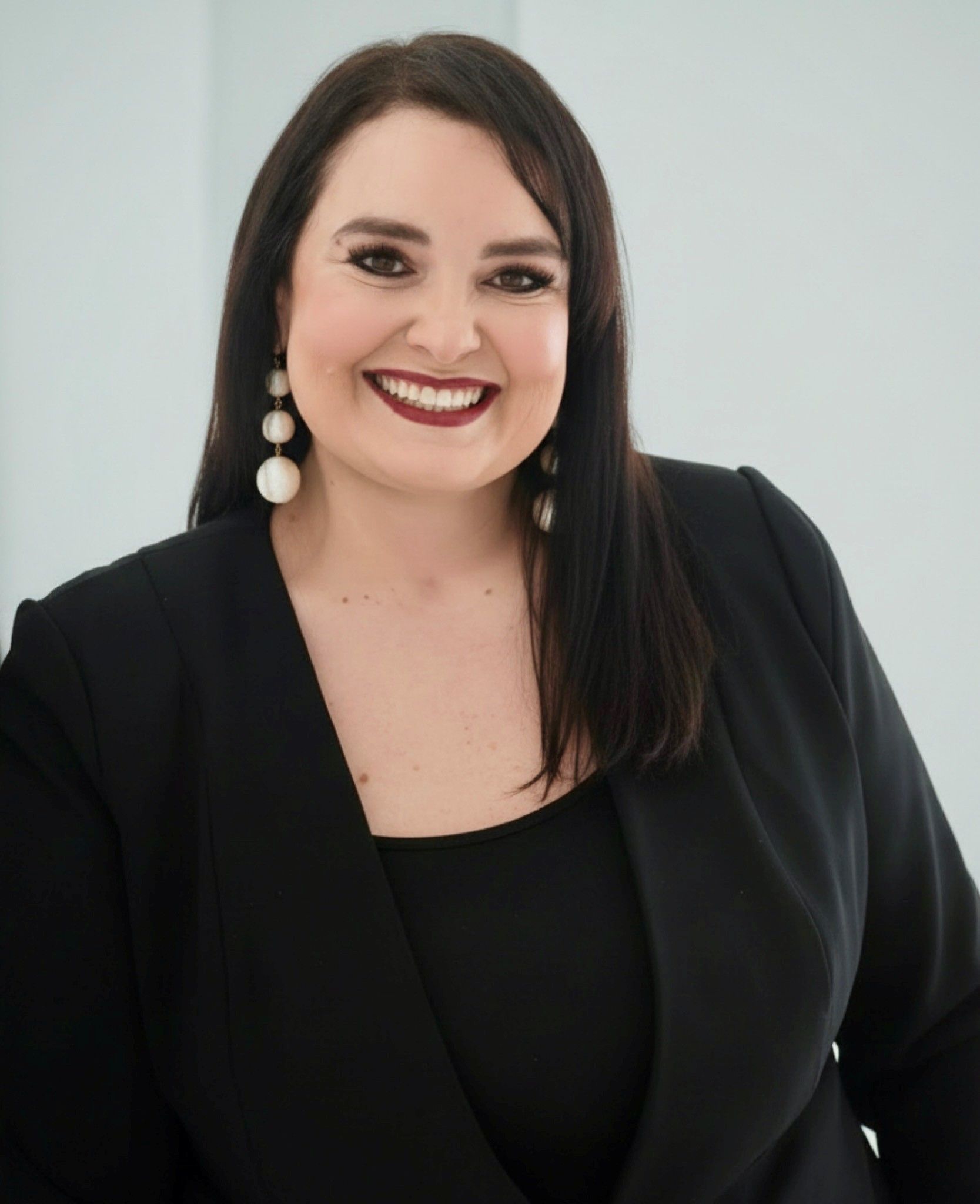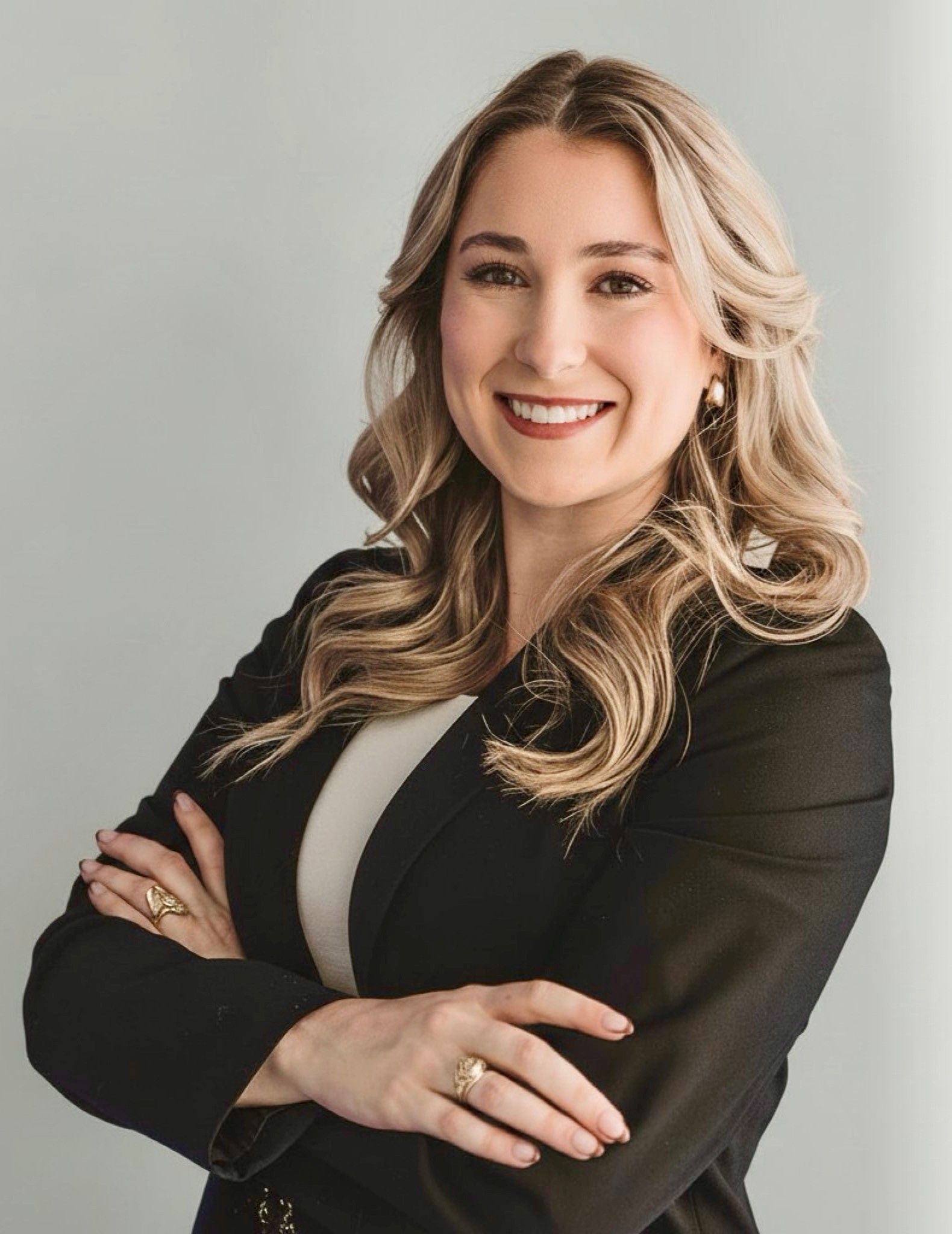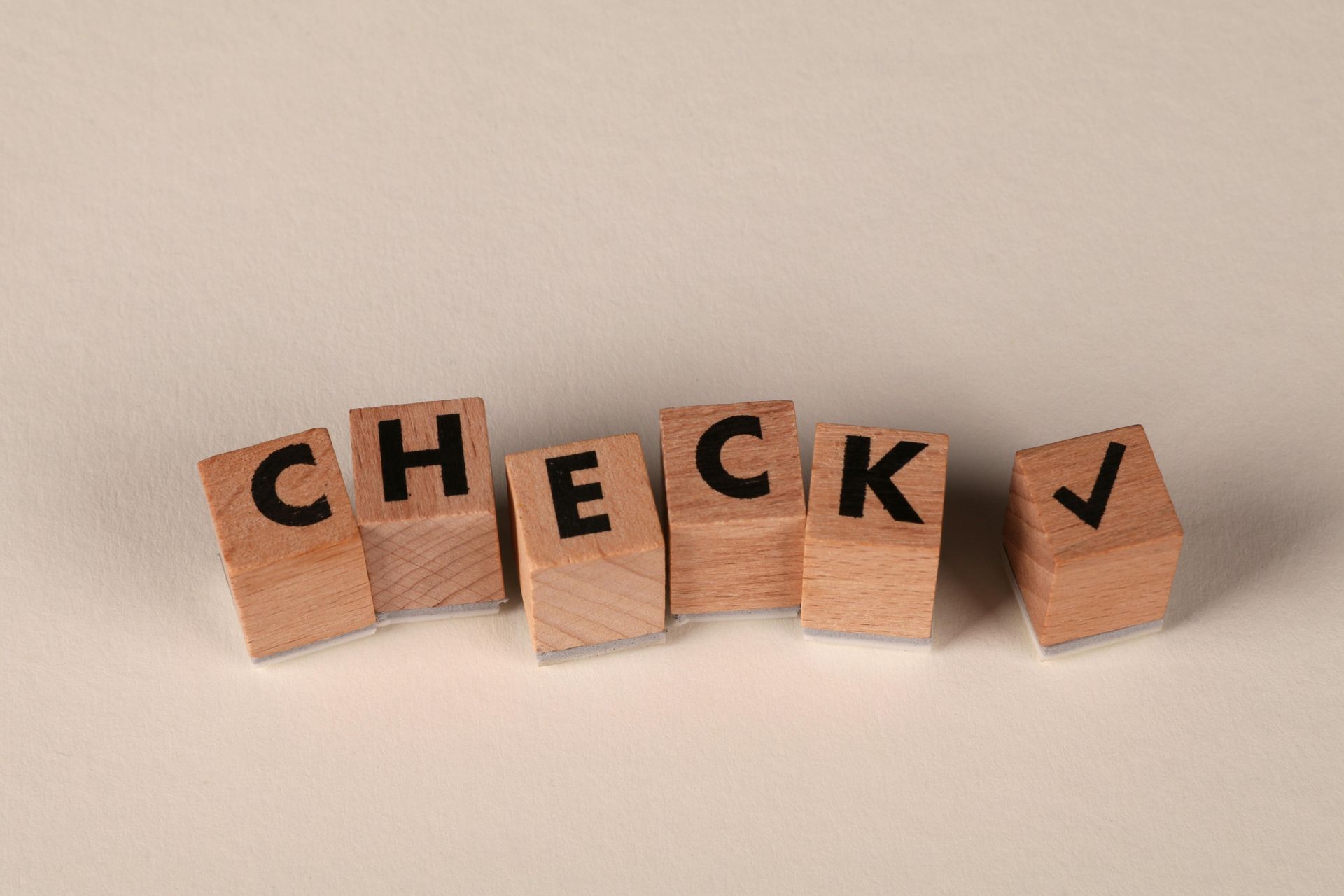Determining Which Filing Basis is Appropriate for Your U.S. Trademark Application
ATTORNEYS IN DALLAS
Understand the five different filing bases for a trademark application with the United States Patent & Trademark Office, including the requirements and distinctions between use-based and intent-to-use applications, and how to extend protection for international registrations.
Determining Which Filing Basis is Appropriate for Your U.S. Trademark Application
When applying for a trademark with the United States Patent & Trademark Office, it is necessary for the applicant to have a legal foundation. There are five different filing bases, and it is mandatory for the trademark applicant to meet the legal requirements of at least one of these bases. If you opt for a TEAS (Trademark Electronic Application System) Plus application and take advantage of a reduced filing fee of $275.00 per International Classification, you must accurately identify and fulfill the requirements of the chosen basis at the time of filing. In the event that you choose to file a TEAS application but fail to properly satisfy the conditions for the filing basis, the Examining Attorney will provide you with an opportunity to rectify the deficiencies during the initial Office Action.
Filing Under §1(a) of the Trademark Act (15 U.S. C. §1051(a))
This is commonly known as a use-based application. The application must include a verified statement affirming that the trademark has been used in commerce, in connection with the goods or services mentioned in the application, at least as early as the filing date. The applicant must provide the date of the first use of the trademark, which should be in a context that falls within the legal definition of "commerce." Commerce, in this context, refers to a specific type of commerce that can be regulated by the United States Congress. This includes interstate, territorial, and international commerce involving the United States. Purely intrastate commerce is not sufficient. Additionally, one specimen for each International Class must be submitted as evidence to demonstrate the actual use of the trademark.
Filing Under §1(b) of the Trademark Act (15 U.S. C. §1051(b))
This type of application is commonly referred to as an intent-to-use application. In this case, the applicant must confirm that they genuinely intend to use the trademark in commerce, in connection with the specified products or services listed in the application. It's important to note that a trademark in an intent-to-use application cannot be registered on the Supplemental Register until actual use has been shown. The determination of whether the applicant has a genuine intention to use the mark in commerce is a question that will be evaluated objectively, taking into consideration all relevant circumstances.
Filing Under §44(d) of the Trademark Act (15 U.S. C. §1126(d))
This provision of the Trademark Act offers the opportunity to obtain a priority filing date if the following conditions are met: (1) a claim of priority is submitted within six months of the filing date of the foreign application; (2) the application clearly indicates the filing date, serial number, and country of the initial foreign application; and (3) the application confirms that the applicant genuinely intends to use the mark in commerce for the specified goods or services. However, in order for the application to be eligible for publication or registration, the applicant must establish a basis under §1(a), §1(b), or 44(e) of the Act.
- 66(a) Applications
- Abandoning a Trademark Application or Withdrawing a TTAB Proceeding
- Abandonment and Nonuse
- Abbreviations as Trademarks
- Accelerated Case Resolutions
- Acquired Secondary Trademark Meaning
- Amending Trademark Application
- Assigning a Trademark
- Assigning a Trademark and the Intent to Use Application
- Avoiding Fraud on Trademark Applications
- Avoiding Trademark Litigation
- Basis for Filing a Trademark
- Benefits of Registering a Trademark
- Bona Fide Intent to Use
- Celebrity Trademarks
- Challenging the Relatedness Factor
- Challenging Trademark Rights
- Claims in a Notice of Opposition
- Co-Existence Agreements
- Common Law Trademarks in the Internet Era
- Common Law Use and Priority
- Conflicting Marks
- Consent Agreements
- Constructive Use Priority
- Dates of Use
- Defenses in Opposition and Cancellation Proceedings
- Descriptive or Generic Trademarks
- Design Marks
- Design Trademarks
- Determining Trademark Similarities
- Discovery in TTAB Proceedings
- Dividing a Trademark Application
- Drawing Page
- Electronic Display Specimens for Trademarks
- Evidence in TTAB Proceedings
- Evidence of Acquired Distinctiveness
- Expediting Trademark Cancellation for Nonuse or Abandonment
- Extending Time to Oppose
- Factors of a Likelihood of Confusion Analysis
- False Suggestions of Connection
- Famous Trademarks and Likelihood of Confusion and Dilution
- Filing an Opposition or Cancellation Proceedings
- First Sale Doctrine
- Five Years of Use
- Foreign Trademark Rights
- Generic Trademarks
- Geographic Trademarks
- Hiring Trademark Counsel
- Immoral and Scandalous Trademarks
- Incontestability of U.S. Trademarks
- International Trademark Filings
- Joint Trademark Ownership
- Lawful Use of a Trademark in Commerce
- Likelihood of Confusion Analysis
- Likelihood of Confusion Refusal
- Merely Descriptive Trademarks
- Multiple Bases for a Trademark Application
- Overcoming and Ornamentation Trademark Refusal
- Personal Name Trademarks
- Principal and Supplemental Registers
- Protecting Single Creative Works
- Recording Trademark Assignments
- Refusal of a Trademark
- Refusing a Trade Dress Application
- Registering a Certification Trademark
- Registering a Service Mark
- Registering a Trademark That Lacks Inherent Distinctiveness
- Registering an International Trademark
- Relatedness of Goods or Services
- Request for Reconsideration in Trademark Office Action
- Requirements for International Trademark Application
- Revive an Abandoned Trademark Application
- Secondary Meaning
- Source Confusion
- Special Trademark Applications
- Standard Character and Special Format Marks
- Standing in Opposition and Cancellation Proceedings
- State Trademark Registration
- Statement of Use Extensions
- Tacking Doctrine
- Technical Trademark Use
- The Supplemental Register
- Trade Dress
- Trade Dress Application
- Trademark Application
- Trademark Clearance Searches
- Trademark Disclaimers
- Trademark Licensing
- Trademark of Authors, Performing Artists, and Characters
- Trademark Ownership
- Trademark Protection In Texas
- Trademark Settlements
- Trademark Specimens
- Trademark Specimens
- Trademark Use by Related Company
- Trademark Use in Advertising
- Trademark Use in Commerce
- Trademarking a Distinctive Mark
- Trademarking a Hashtag
- Trademarks for Musical Artists
- TTAB Discovery Rules
- TTAB Proceedings
- U.S. Service Mark
- U.S. Trade Dress
- Understanding Trade Channels
- Unitary U.S. Trademark
- Universal Symbols as Trademarks
- Using Secondary Sources
- What is an Ex Parte Appeal?
- Where to Register a Trademark
- Who Must File a Trademark?
Filing Under §44(e) of the Trademark Act (15 U.S. C. §1126(e))
A trademark application under §44(e) is based on a trademark registration obtained in the applicant's country of origin. In order to meet the requirements set forth in §44(e) of the Act, the applicant needs to provide a copy of the registration from their country of origin. It is important that the applicant's country of origin is either a party to a convention or treaty that includes the United States or grants reciprocal registration rights to U.S. nationals. Additionally, the application must include a declaration from the applicant affirming their genuine intention to use the mark in commerce for the goods or services listed in the trademark application. This verified statement is necessary, even if use in commerce is claimed in the application.
Filing Under §66(a) of the Trademark Act (15 U.S. C. §1141f(a))
This provision of the Trademark Act enables the extension of protection for an international registration to the United States. Similar to filings made under Section 44 of the Trademark Act, the applicant is required to include a declaration confirming their genuine intention to use the mark in commerce for the goods or services specified in the application.
Contact an Experienced Trademark Attorney
If you need legal advice regarding your trademark rights, assistance with trademark prosecution, or representation in a domain name dispute, contact Wilson Whitaker Rynell. Our team of trademark lawyers has extensive experience in all aspects of trademark and copyright law, including the filing of trademark applications and representing clients in defense or prosecution before the Trademark Trial and Appeal Board.
CLIENT MATTERS
5,000+
YEARS OF SERVICE
25+
Award Winning
Recognized in the legal industry as dedicated board-certified lawyers and Rising Stars.
Expert Team
Your project will be handled by legal experts every time. You will have the most experienced attorneys working for you.
Quality Representation











